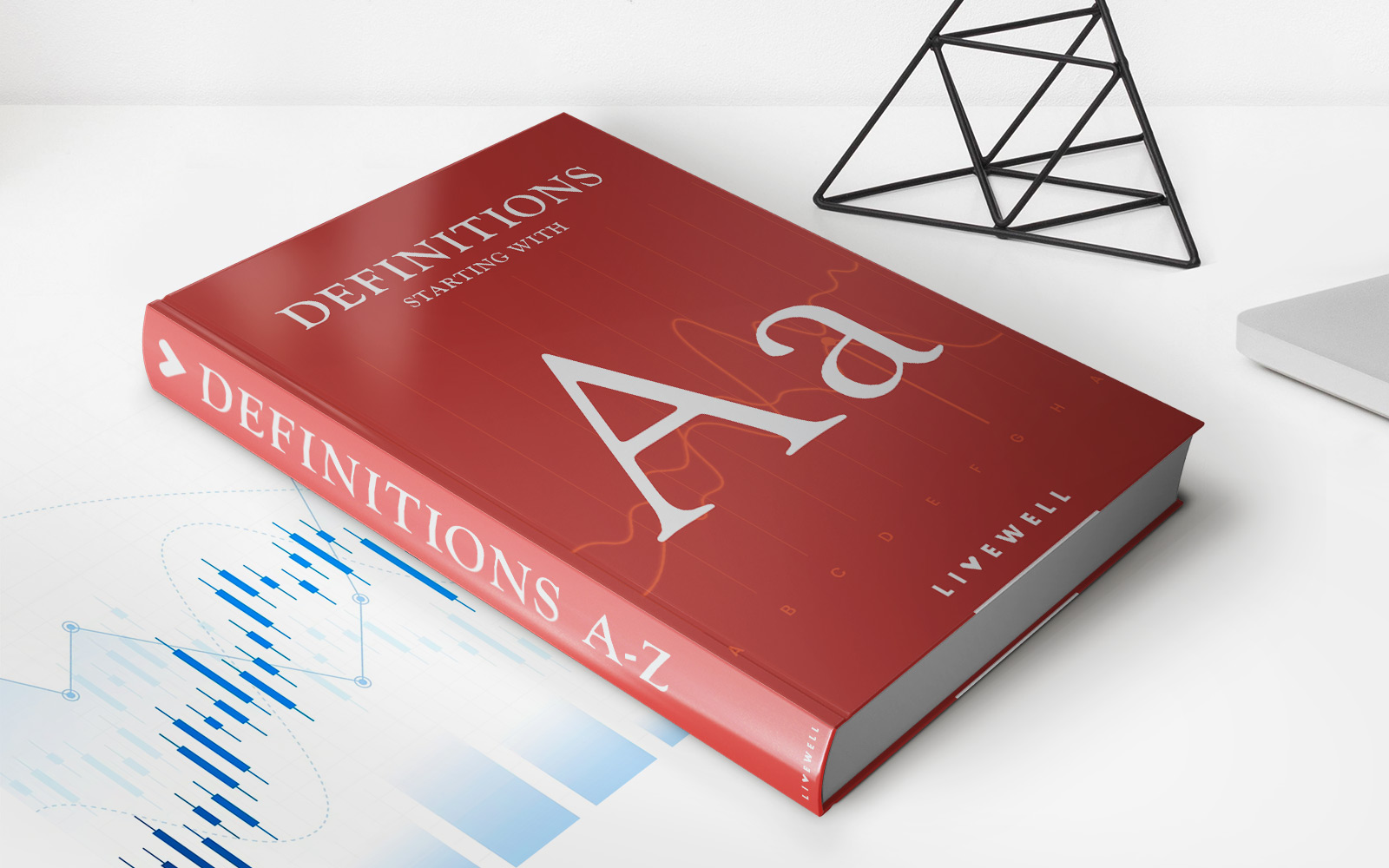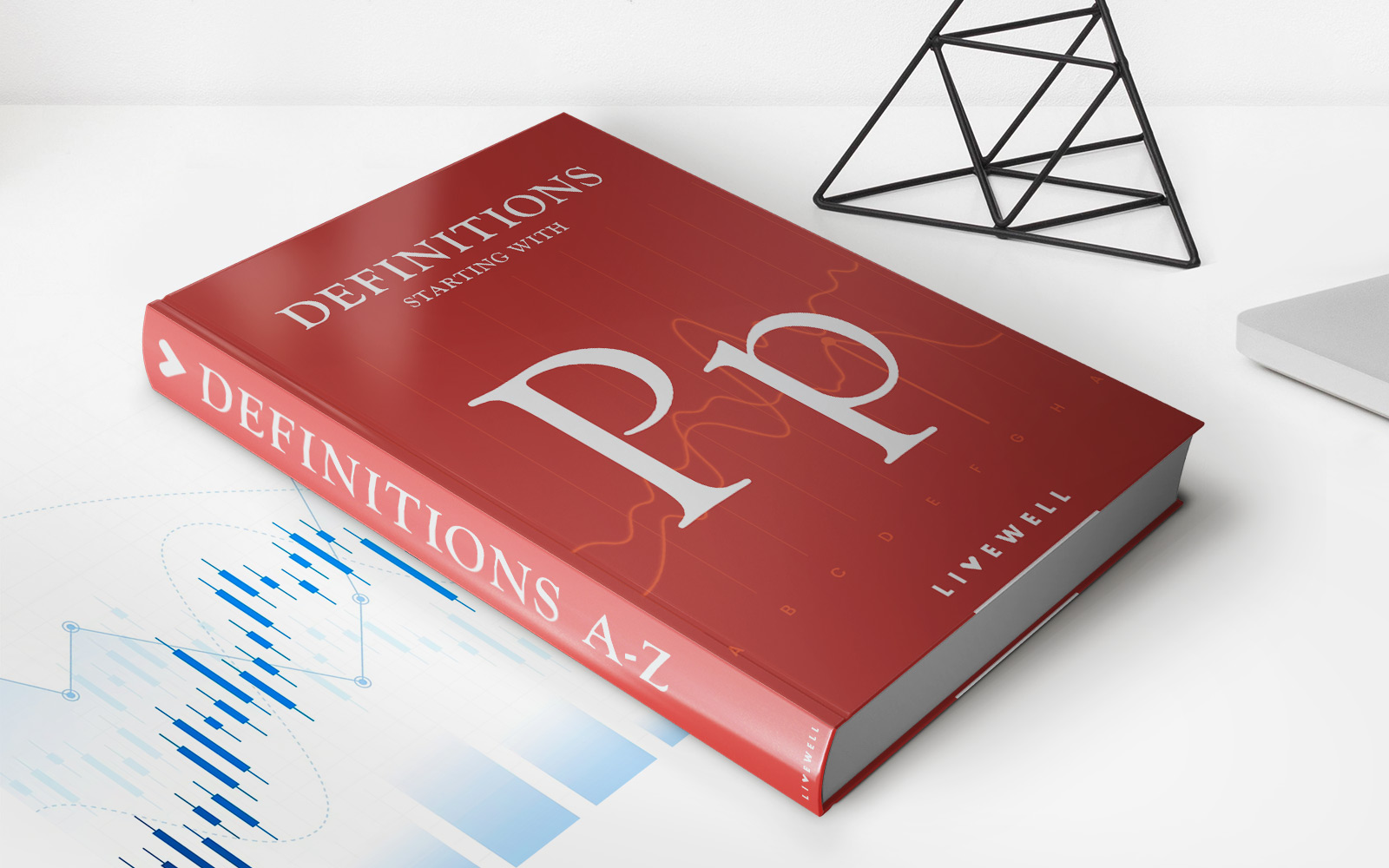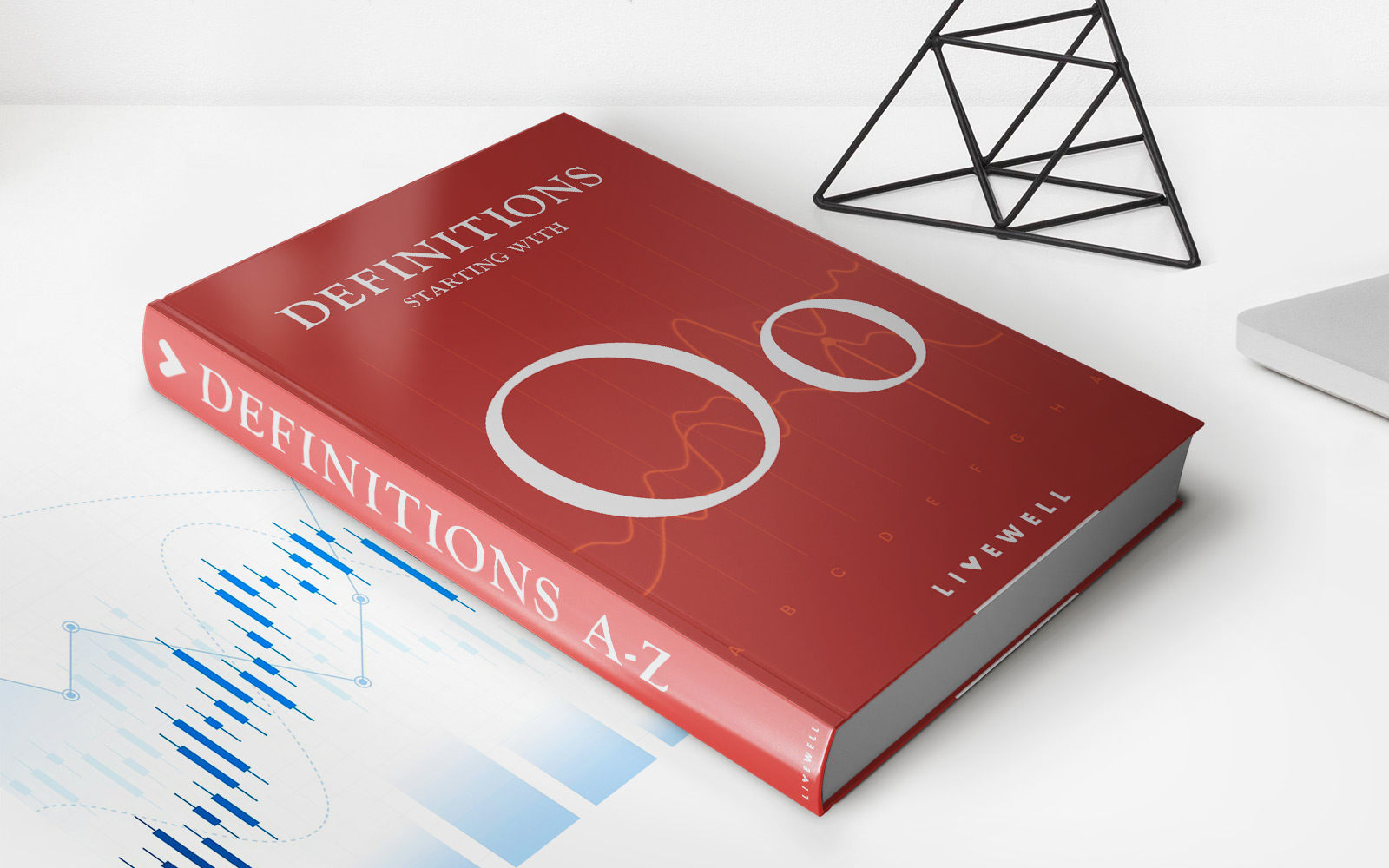

Finance
3 Credit Hours Equals How Many Clock Hours
Published: January 7, 2024
Learn how to convert credit hours to clock hours in the field of finance. Find out the equivalent number of clock hours for 3 credit hours in this comprehensive guide.
(Many of the links in this article redirect to a specific reviewed product. Your purchase of these products through affiliate links helps to generate commission for LiveWell, at no extra cost. Learn more)
Table of Contents
Introduction
At some point in our educational journey, we come across the terms “credit hours” and “clock hours.” While they may sound familiar, understanding the difference between the two and how they relate to each other is essential. This knowledge is particularly crucial for students, educators, and institutions to ensure proper planning and accreditation.
Credit hours and clock hours are used to measure the time and effort spent on academic courses or programs. However, they differ in their meaning and purpose. Credit hours are primarily used in higher education to quantify the amount of work required to complete a course or earn a degree. On the other hand, clock hours refer to the actual hours spent in the classroom or participating in a given activity.
For students, credit hours serve as a unit of currency, representing the value of a particular course or program. They determine how many courses a student can take within a semester and how much time they need to invest to complete their degree requirements. Understanding the equivalency between credit hours and clock hours is crucial for students to effectively manage their schedule and workload.
For educational institutions and accreditation bodies, ensuring that credit hours align with clock hours is essential for maintaining consistent educational standards and facilitating credit transfers between institutions. It ensures that students receive a comparable educational experience regardless of the institution they attend.
Throughout this article, we will delve deeper into the nuances of credit hours and clock hours, exploring the factors that affect their equivalence and the methodology behind calculating their ratios. We will also provide examples to illustrate these equivalences and help clarify any confusion surrounding this topic.
Understanding Credit Hours and Clock Hours
Before we delve into the calculation of equivalences, let’s first establish a clear understanding of what credit hours and clock hours mean.
Credit hours are a measure of the academic credit assigned to a course or program. They represent the amount of time a student is expected to spend on instructional activities, such as attending lectures, engaging in discussions, completing assignments, and studying. In higher education, courses are typically assigned a certain number of credit hours based on their level of complexity and the expected workload.
Clock hours, on the other hand, refer to the actual time spent in the classroom or participating in a specific activity. They represent the number of hours an individual physically spends in an educational setting, including lecture time, lab work, and other structured learning experiences.
While credit hours are more commonly used in higher education, clock hours are often utilized in vocational, technical, and professional training programs. These programs often require a specific number of clock hours to be completed in order to obtain a certification or credential.
It’s important to note that the length of a credit hour can vary depending on the institution or program. In general, a credit hour is considered to be equivalent to 50 minutes of instructional time, with a typical three-credit course consisting of three hours of in-class instruction per week over a 15-week semester.
However, there are variations in how different institutions define credit hours. Some institutions may use a different time frame, such as 45 minutes or 60 minutes, for the length of a credit hour, while others may utilize a different semester structure, such as an accelerated format or a quarter system. It is essential for students to familiarize themselves with their institution’s credit hour policy to accurately plan their course load and understand the time commitment required for each course.
Overall, credit hours and clock hours are vital metrics for measuring educational progress and ensuring consistency in academic programs. The next sections will explore the factors that affect the equivalence of credit hours to clock hours and the methodology behind calculating these equivalences.
Factors Affecting the Equivalence of Credit Hours to Clock Hours
While credit hours and clock hours are distinct measurements, there are several factors that can influence their equivalence. Understanding these factors is crucial for educational institutions, students, and accrediting bodies to ensure a fair and accurate representation of the time and effort spent on coursework.
1. Instructional Methodology: Different instructional methods can impact the time required for a course. For example, a lecture-based course may have a higher credit hour value compared to a course that incorporates more independent study or group projects. The intensity of the course material, the inclusion of hands-on activities, and the level of student engagement can all affect the equivalence between credit hours and clock hours.
2. Contact vs. Non-Contact Hours: Some programs may differentiate between contact hours, which refer to direct interaction between students and instructors, and non-contact hours, which include activities such as independent study or assignments. The number of contact hours required may determine the credit hour value, while non-contact hours may be factored in for additional learning or practice.
3. Program Level or Discipline: Different programs or disciplines may have varying credit hour requirements based on the level of complexity or the industry standards. For example, an advanced mathematics course may have higher credit hour requirements compared to an introductory language course due to the depth and rigor of the subject matter.
4. Accreditation Guidelines: Accrediting bodies play a significant role in determining the equivalency of credit hours to clock hours. These organizations provide guidelines and standards that institutions must adhere to in order to ensure quality and consistency in education. Accreditation requirements may impact the definition and calculation of credit hours, and institutions must align their policies with these guidelines.
5. Industry Standards and Licensing Requirements: In certain fields, such as healthcare or vocational training, licensing boards or industry-specific regulations may dictate the number of clock hours necessary to meet certification requirements. Educational programs in these fields must ensure that their credit hour values align with the industry standards to prepare students for their respective professions.
6. Program Length and Format: The length and format of a program can affect the equivalency of credit hours to clock hours. For example, a program that is delivered over a shorter time frame, such as an intensive summer program, may require more clock hours per credit hour compared to a program spread out over a traditional semester.
It is essential for educational institutions to take these factors into account when determining the equivalence of credit hours to clock hours for their courses and programs. By doing so, they can provide a fair representation of the educational experience and ensure that students receive the necessary knowledge and skills within the established time frame.
Calculation Methodology
Determining the equivalency between credit hours and clock hours requires a standardized methodology. While the specific calculation method may vary among institutions, the following approach is commonly used:
1. Define the Length of a Credit Hour: The first step in the calculation process is to establish the length of a credit hour. Most institutions consider a credit hour to be equivalent to 50 minutes of instructional time. However, as mentioned earlier, this can vary depending on institutional policies and program requirements.
2. Determine the Total Instructional Hours: To calculate the total instructional hours for a course or program, multiply the number of credit hours by the length of a credit hour. For example, a three-credit course would typically involve nine hours of instructional time (3 credit hours x 3 hours per credit hour).
3. Include Non-Instructional Hours: Depending on the program or course, additional non-instructional hours may need to be factored into the calculation. These non-instructional hours can include study time, group work, lab activities, or fieldwork. It is important to account for these hours to ensure an accurate representation of the total time commitment required.
4. Consider Contact and Non-Contact Hours: If applicable, separate contact hours (direct student-instructor interaction) from non-contact hours (assignments, study time, etc.). Different programs or institutions may have varying requirements for contact and non-contact hours, and it is important to account for both types in the calculation.
5. Align with Accreditation Guidelines: Throughout the calculation process, institutions should ensure that their credit hour calculations align with the guidelines set forth by accreditation bodies. These guidelines help maintain consistency and quality in education across institutions.
It is important to note that the above calculation methodology serves as a general guideline. Institutions may have their own specific policies and procedures for determining the equivalency between credit hours and clock hours. Students and educators should consult their respective institutions for detailed information on how credit hours are calculated for specific courses and programs.
Next, let’s delve into some examples to illustrate how credit hours and clock hours can be equivalently calculated in practice.
Examples of Equivalences
To better understand how credit hours and clock hours can be equivalently calculated, let’s explore some examples:
Example 1:
A college offers a Psychology course that is worth 3 credit hours. According to the institution’s policies, each credit hour is equivalent to 50 minutes of instructional time. Therefore, the total instructional hours for this course would be 3 (credit hours) x 50 minutes = 150 minutes or 2.5 clock hours. Additionally, the course requires 1 hour of non-contact study time per week. Taking this into account, the total equivalency for this Psychology course would be 2.5 clock hours of instructional time plus 1 hour of non-contact study time per week.
Example 2:
A vocational training program in automotive technology requires students to complete 600 clock hours for certification. The program is designed to be completed in 6 months, or approximately 24 weeks. To determine the equivalence of credit hours, divide the total clock hours by the number of weeks. In this case, 600 clock hours ÷ 24 weeks = 25 clock hours per week. If the program is considered a full-time program, with students attending class for 40 hours per week, then 25 clock hours of instruction would be equivalent to 0.625 credit hours per week.
Example 3:
An online MBA program offers a course in Financial Management that is worth 4 credit hours. The institution follows the standard of 50 minutes per credit hour. Therefore, the total instructional hours for this course would be 4 (credit hours) x 50 minutes = 200 minutes or approximately 3.33 clock hours. Additionally, the program requires an additional 2 hours of non-contact study time per week. Taking this into account, the total equivalency for this Financial Management course would be 3.33 clock hours of instructional time plus 2 hours of non-contact study time per week.
These examples demonstrate how credit hours and clock hours can be calculated and equivalently represented based on different program requirements and institutional policies. It is important for both students and educators to understand these equivalences to effectively manage their time and meet program or course requirements.
Now that we have explored examples of equivalences, let’s conclude our discussion on credit hours and clock hours.
Conclusion
Understanding the relationship between credit hours and clock hours is crucial for students, educators, and institutions alike. Credit hours serve as a measure of the workload and value assigned to a course or program, while clock hours represent the actual time spent in instructional activities. By ensuring the equivalence between credit hours and clock hours, educational institutions can provide a fair representation of the time commitment required for their courses and programs.
Factors such as instructional methodology, program level or discipline, accreditation guidelines, and industry standards can all influence the equivalency between credit hours and clock hours. Institutions must take these factors into account when determining the credit hour value assigned to their courses, aligning their policies with accreditation guidelines and industry standards.
Calculating the equivalency between credit hours and clock hours involves defining the length of a credit hour, determining the total instructional hours, considering contact and non-contact hours, and adhering to accreditation guidelines. By following a standardized methodology, institutions can accurately represent the time and effort required for their courses and provide students with a comparable educational experience.
Whether you’re a student planning your course schedule, an educator designing a curriculum, or an institution ensuring accreditation compliance, understanding the relationship between credit hours and clock hours is vital. It allows for effective time management, transparent communication, and consistent educational standards.
In conclusion, credit hours and clock hours are essential measurements in education, representing the workload and instructional time associated with courses and programs. By maintaining the equivalence between these measurements, educators and institutions can ensure a fair representation of the educational experience while facilitating credit transfers and meeting industry standards.














